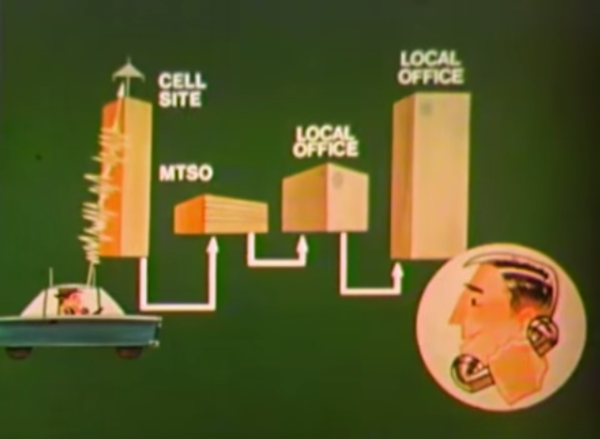A few months ago, the Internet resounded with news that the FCC would ban open source router firmware. This threat came from proposed rules to devices operating in the U-NII bands – 5GHz WiFi, basically. These rules would have required all devices operating in this band to prevent modification to the radio inside these devices. Thanks to the highly integrated architecture of these devices, Systems-on-Chips, and other cost cutting measures from router manufacturers, the fear was these regulations would ultimately prevent modifications to these devices. It’s a legitimate argument, and a number of the keepers of the Open Source flame aired their concerns on the matter.
Now, the FCC has decided to clear the air on firmware upgrades to wireless routers. There was a fair bit of confusion in the original document, given the wording, “how [its] device is protected from ‘flashing’ and the installation of third-party firmware such as DD-WRT.” This appeared to mandate wholesale blocking of Open Source firmware on devices, with no suggestion as to how manufacturers would accomplish this impossible task.
[Julias Knapp], chief of the FCC’s Office of Engineering and Technology has since clarified the Commission’s position. In response to the deluge of comments to the FCC’s Notice of Proposed Rulemaking, the phrase, ‘protected from flashing… Open Source firmware” has been removed from the upcoming regulation. There’s new, narrow wording (PDF) in this version that better completes the Commission’s goal of stopping overpowered radios without encroching on the Open Source firmware scene. The people spoke, and the FCC listened — democracy at work.






 The FCC’s allocation opened a whopping 666 channels in the neighborhood of 850MHz. Bell Labs’ hexagonal innovation sub-divided the MSAs into cells, each with a radius of up to ten miles.
The FCC’s allocation opened a whopping 666 channels in the neighborhood of 850MHz. Bell Labs’ hexagonal innovation sub-divided the MSAs into cells, each with a radius of up to ten miles.








